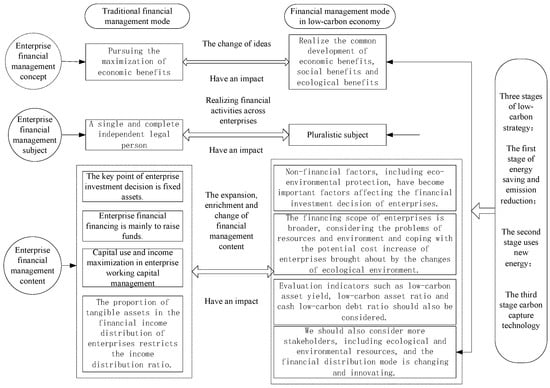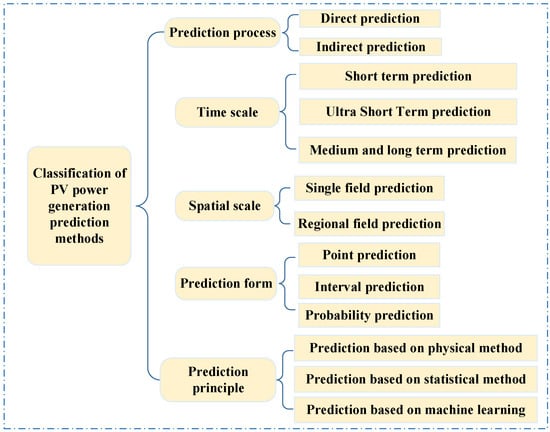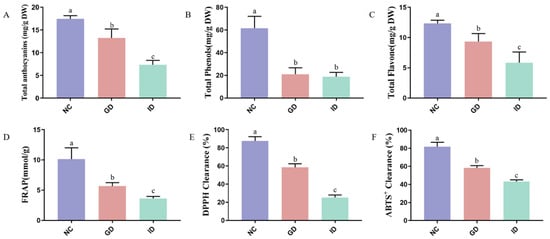Among the approaches to facilitating negative CO
2 emissions is biochar production. Biochar is generated in the pyrolysis of certain biomasses. In the pyrolysis process, carbon in the biomass is turned into a solid, porous, carbon-rich, and stable material that can be captured
[...] Read more.
Among the approaches to facilitating negative CO
2 emissions is biochar production. Biochar is generated in the pyrolysis of certain biomasses. In the pyrolysis process, carbon in the biomass is turned into a solid, porous, carbon-rich, and stable material that can be captured from the soil after a period of from a few decades to several centuries. In addition to this long-term carbon sequestration role, biochar is also beneficial for soil performance as it helps to restore soil fertility and improves the retention and diffusion of water and nutrients. This work presents a Life Cycle Assessment of different pyrolysis approaches for biochar production. Biomass pyrolysis is performed in a fixed-bed reactor, which operates at a mild temperature (550
°C). Biochar is obtained as solid product of the pyrolysis, but there are also liquid (bio-oil) and gaseous products (syngas). The pyrolysis gas is partly used to fulfil the energy demand of the pyrolysis process, which is highly endothermic. In the conventional approach, CO
2 is produced during the combustion of syngas and emitted to the atmosphere. Another approach to facilitate CO
2 capture and thus obtain more negative CO
2 emissions in the pyrolysis process is burning syngas and bio-oil in a Chemical Looping Combustion unit. Life Cycle Assessment was performed of these approaches toward biomass pyrolysis to evaluate their environmental impact. The Chemical Looping Combustion approach significantly reduced the values of 7 of the 16 environmental impact indicators studied, along with the Global Warming Potential among them, it slightly increased the value of one indicator related to the use of fossil resources, and it maintained the values of the remaining 8 indicators. Environmental impact reduction occurs due to the avoidance of CO
2 and NO
x emissions with Chemical Looping Combustion. The CO
2 balances of the different pyrolysis approaches with Chemical Looping Combustion configurations were compared with a base case, which constituted the direct combustion of wheat straw to obtain thermal energy. Direct biomass combustion for the production of 17.1 MJ of thermal energy had CO
2 positive emissions of 0.165 kg. If the gaseous fraction was burned by Chemical Looping Combustion, CO
2 was captured and the emissions became increasingly negative, until a value of −3.30 kg/17.1 MJ was generated. If bio-oil was also burned by this technology, the negative trend of CO
2 emissions continued, until they reached a value of −3.66 kg.
Full article
 IJMS
IMPACT
IJMS
IMPACT Applied Sciences
IMPACT
Applied Sciences
IMPACT Sustainability
IMPACT
Sustainability
IMPACT Sensors
IMPACT
Sensors
IMPACT JCM
IMPACT
JCM
IMPACT Materials
IMPACT
Materials
IMPACT Molecules
IMPACT
Molecules
IMPACT Energies
IMPACT
Energies
IMPACT Electronics
IMPACT
Electronics
IMPACT Remote Sensing
IMPACT
Remote Sensing
IMPACT Cancers
IMPACT
Cancers
IMPACT Nutrients
IMPACT
Nutrients
IMPACT Mathematics
IMPACT
Mathematics
IMPACT Foods
IMPACT
Foods
IMPACT Buildings
IMPACT
Buildings
IMPACT Polymers
IMPACT
Polymers
IMPACT Animals
IMPACT
Animals
IMPACT Water
IMPACT
Water
IMPACT Plants
IMPACT
Plants
IMPACT Agronomy
IMPACT
Agronomy
IMPACT Biomedicines
IMPACT
Biomedicines
IMPACT Processes
IMPACT
Processes
IMPACT Microorganisms
IMPACT
Microorganisms
IMPACT Diagnostics
IMPACT
Diagnostics
IMPACT Nanomaterials
IMPACT
Nanomaterials
IMPACT Viruses
IMPACT
Viruses
IMPACT Medicina
IMPACT
Medicina
IMPACT Healthcare
IMPACT
Healthcare
IMPACT Cells
IMPACT
Cells
IMPACT Forests
IMPACT
Forests
IMPACT Agriculture
IMPACT
Agriculture
IMPACT Land
IMPACT
Land
IMPACT JMSE
IMPACT
JMSE
IMPACT IJERPH
IJERPH
 Symmetry
IMPACT
Symmetry
IMPACT Genes
IMPACT
Genes
IMPACT Pharmaceutics
IMPACT
Pharmaceutics
IMPACT Coatings
IMPACT
Coatings
IMPACT Micromachines
IMPACT
Micromachines
IMPACT Pharmaceuticals
IMPACT
Pharmaceuticals
IMPACT Atmosphere
IMPACT
Atmosphere
IMPACT Children
IMPACT
Children
IMPACT Religions
IMPACT
Religions
IMPACT Antioxidants
IMPACT
Antioxidants
IMPACT Life
IMPACT
Life
IMPACT Metals
IMPACT
Metals
IMPACT Biomolecules
IMPACT
Biomolecules
IMPACT Vaccines
IMPACT
Vaccines
IMPACT Education Sciences
IMPACT
Education Sciences
IMPACT Minerals
IMPACT
Minerals
IMPACT Horticulturae
IMPACT
Horticulturae
IMPACT Brain Sciences
IMPACT
Brain Sciences
IMPACT JPM
IMPACT
JPM
IMPACT Bioengineering
IMPACT
Bioengineering
IMPACT
















